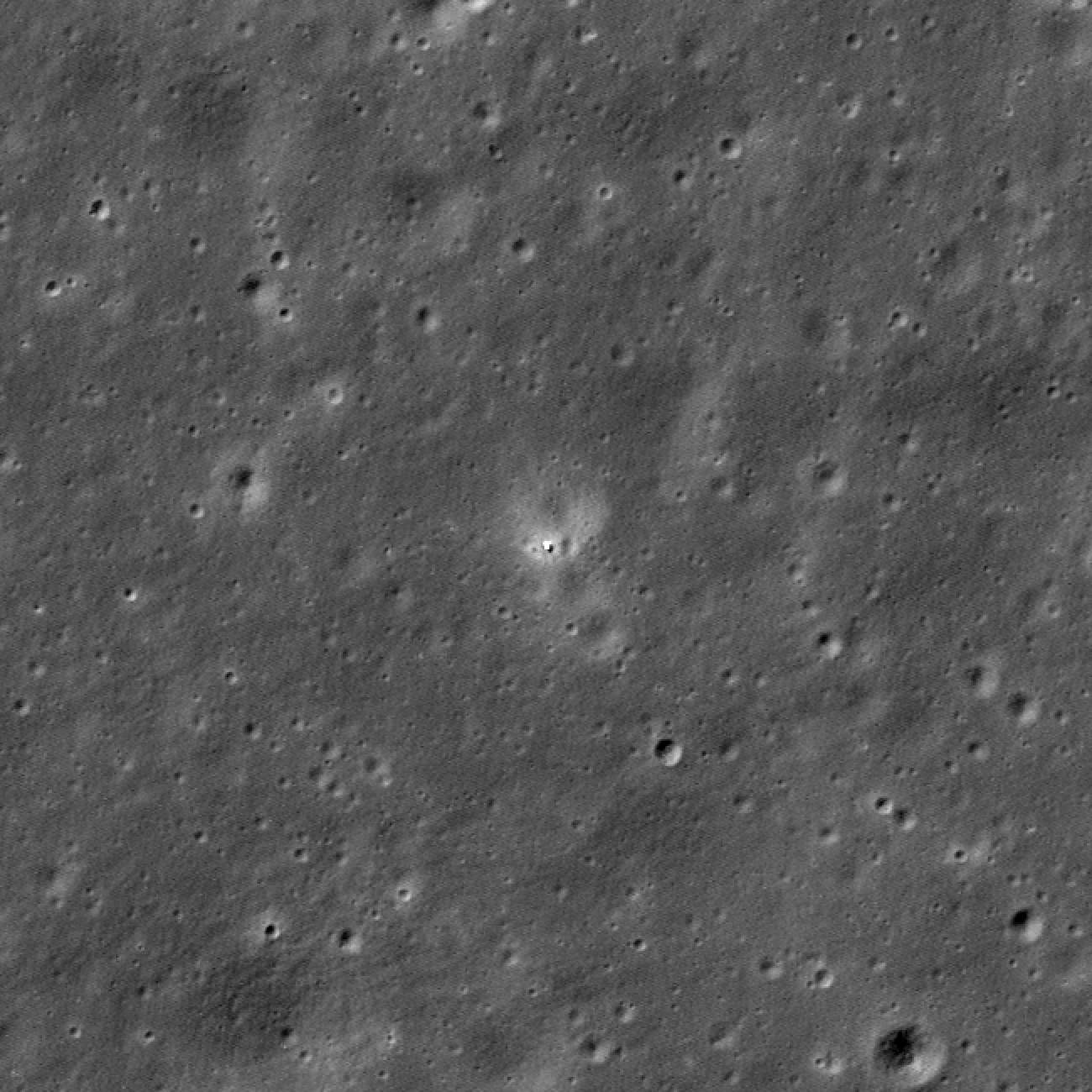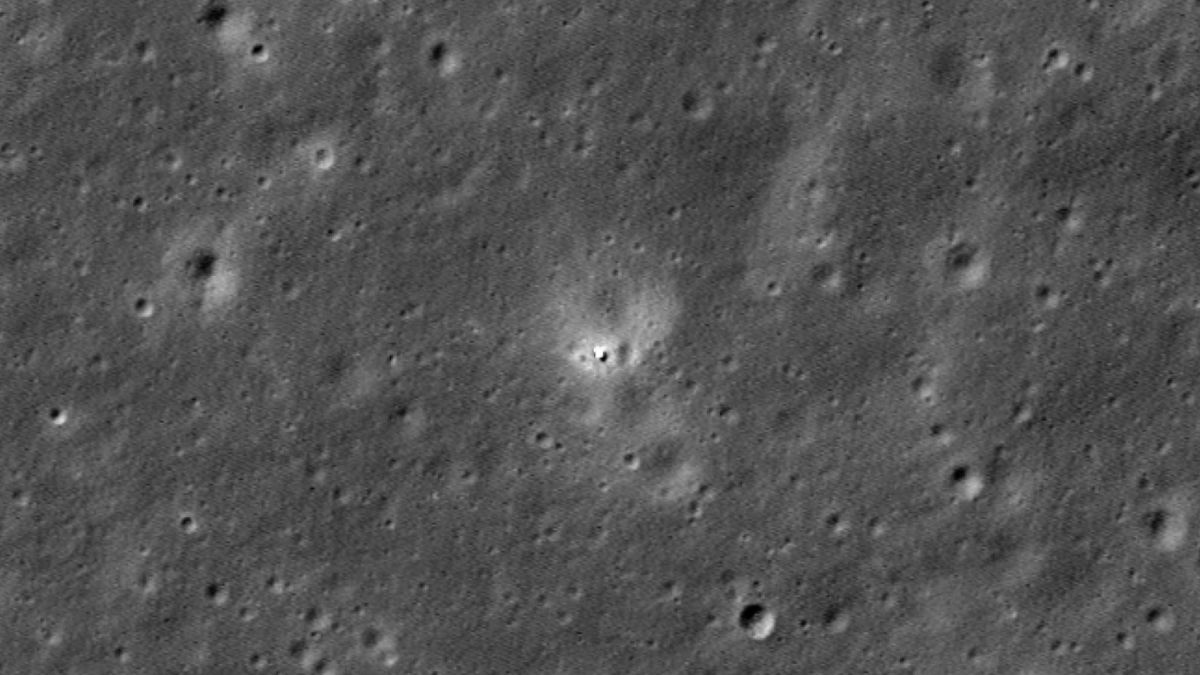
China's Chang'e 6 Spacecraft Discovered on the Moon's Far Side by NASA and Other Sources
On June 7, 2024, NASA's Lunar Reconnaissance Orbiter (LRO) captured images of China's Chang'e 6 sample return spacecraft on the far side of the Moon. The lander had landed a week earlier and was discovered near an eroded crater approximately halfway between two prominent ridges.
According to NASA, the landing site is situated at about 42 degrees south latitude, 206 degrees east longitude, and an elevation of about minus 3.27 miles (minus 5,256 meters). The Chang'e 6 mission aims to return lunar samples from the far side of the moon to Earth for the first time ever.
NASA's LRO is not the only source that reported this discovery. Another article published by Space Daily also mentioned that China's Chang'e 6 spacecraft was spotted on June 7, a week after its landing. The article provided additional information about the landing site, which is located near the southern edge of the Apollo basin.
The Apollo basin is approximately 306 miles (492 km) in diameter and centered at 36.1 degrees south latitude, 208.3 degrees east longitude. Basaltic lava erupted south of Chaffee S crater about 3.1 billion years ago and flowed downhill to the west until it encountered a local topographic high, likely due to a fault.
The landing site is positioned about halfway between two prominent ridges in this region. This basaltic flow also overlaps a slightly older flow, about 3.3 billion years old, visible further west. The younger flow is distinct due to its higher iron oxide and titanium dioxide abundances.
In summary, on June 7, 2024, NASA's LRO and other sources reported the discovery of China's Chang'e 6 spacecraft on the far side of the Moon. The lander had landed a week earlier and was discovered near an eroded crater approximately halfway between two prominent ridges in the Apollo basin.

